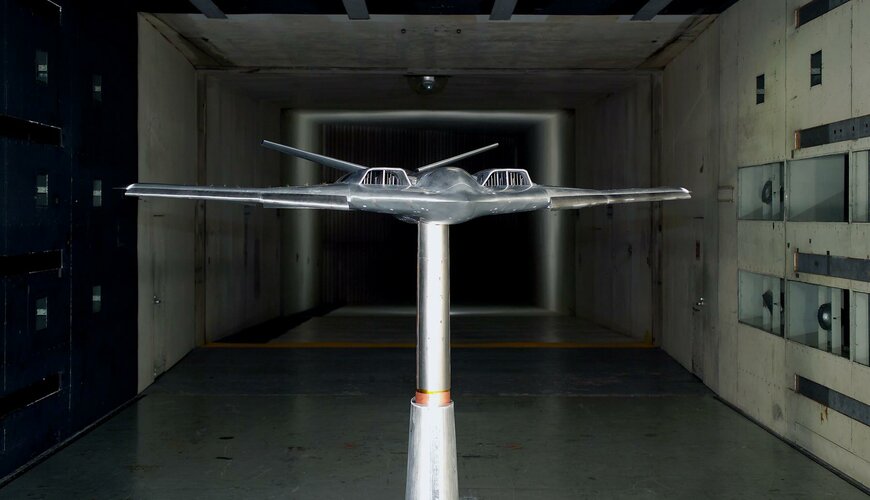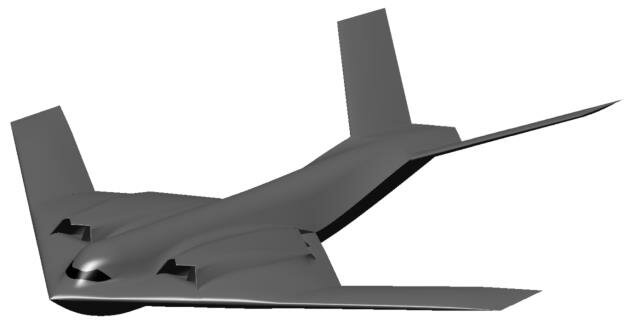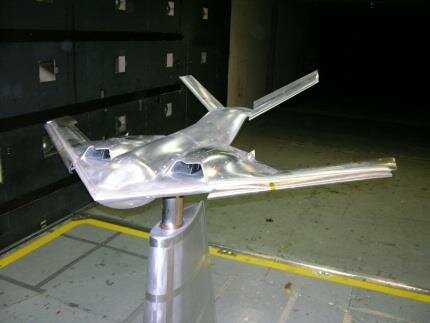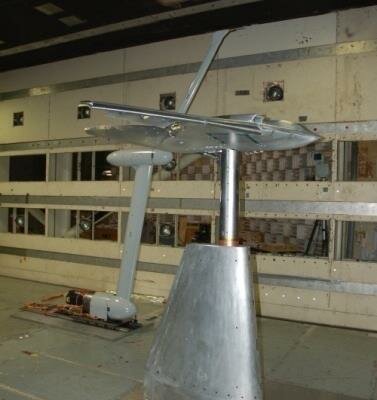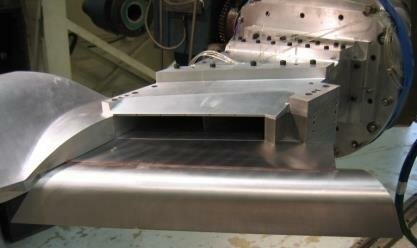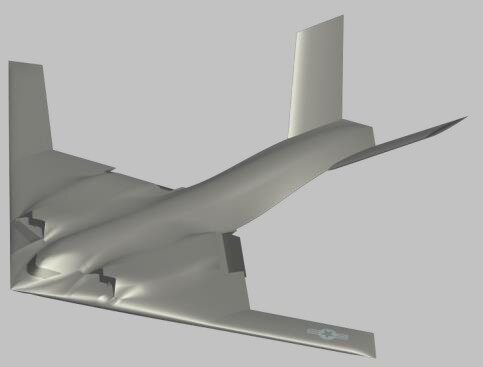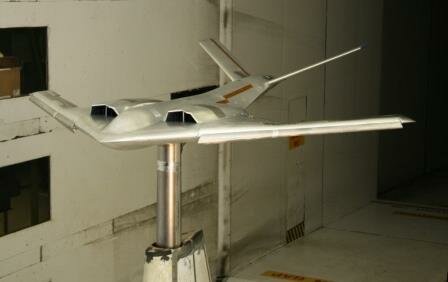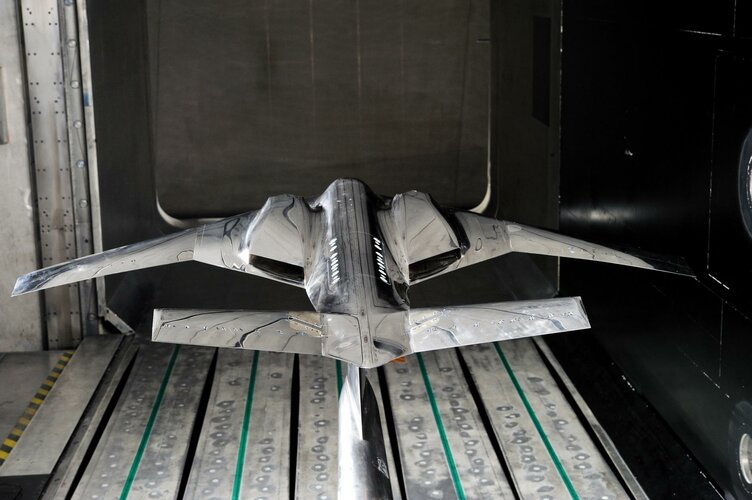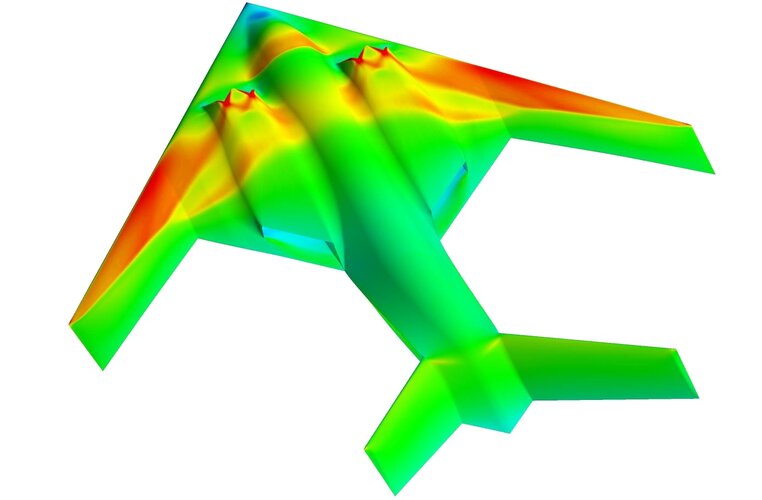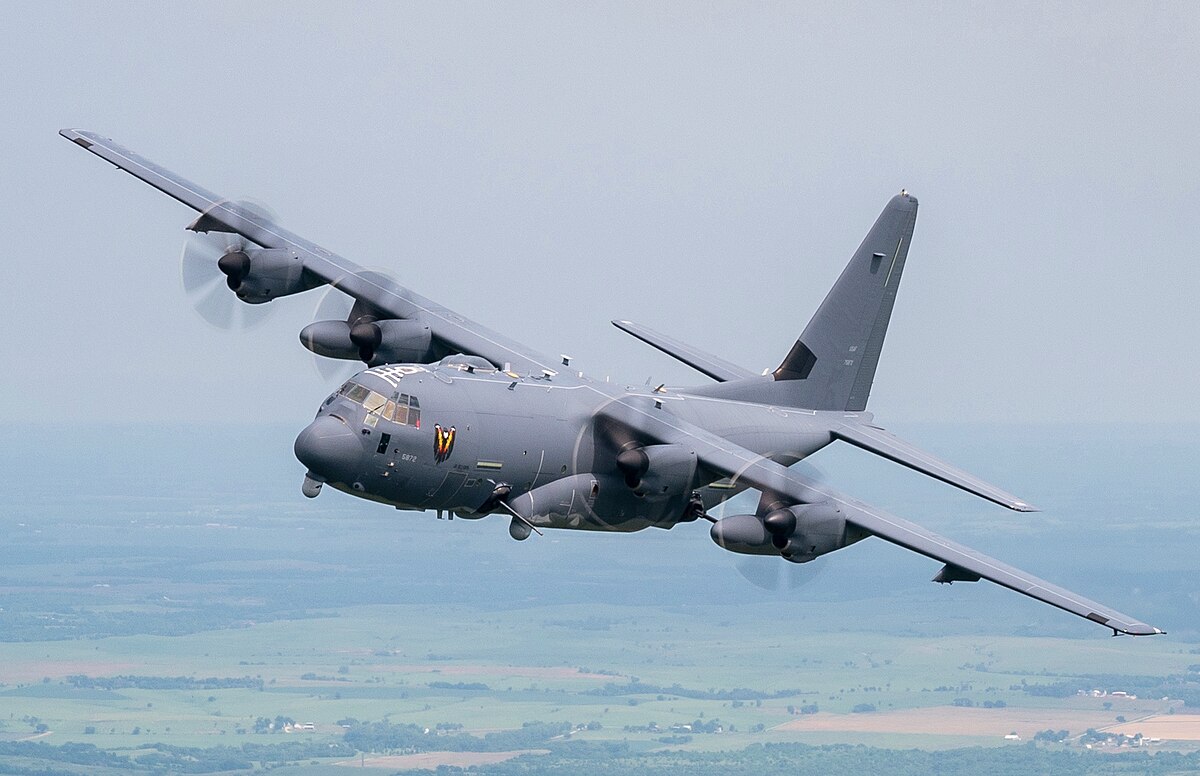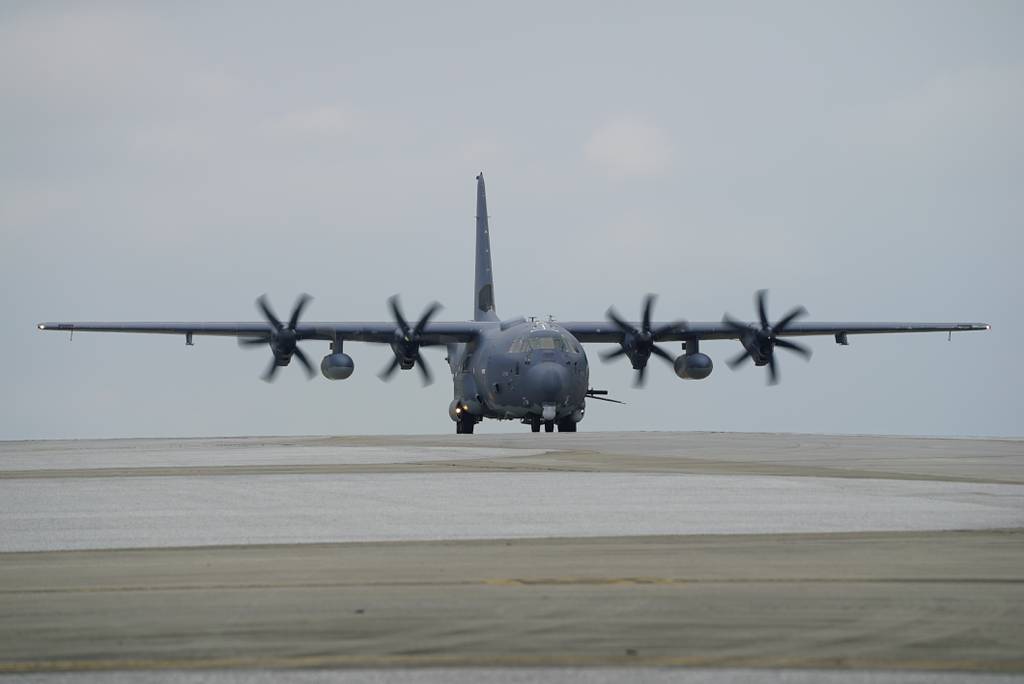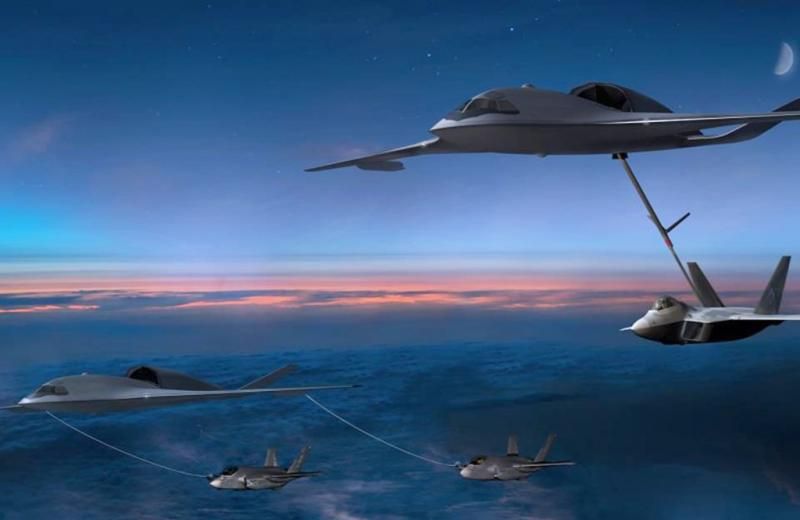There's an excellent case for a couple dozen Speed Agile craft, just for supporting SOCOM. But then you run into a deniability problem that if you see a Speed Agile, that means SOCOM is there. So for sake of not advertising where SOCOM is working, you need more than just the couple dozen to replace all the MC130s and EC130s. Call it 60 airframes, ~40x MC, ~20x EC, not counting any gunships.
Assuming that the AC-130 gets a stealthy replacement, and I'm not sure that's a valid idea, there's another 16.
Now, the Navy/Marines would probably like a stealthy C130, that's another 80 aircraft, primarily as tankers, but they do have some light gunship mods installed with Harvest HAWK.
That's 160ish aircraft, a pretty good sized production run to be able to get some economies of scale going, and now seeing a Speed Agile just means that someone is flying the weird plane, not guaranteed to be SOCOM anymore.
And of course the regular USAF has another 200+ Hercs that could be replaced, but that's kinda the minimum buy size I see. Twisting Congress' arm hard enough to get funding for a 350+ plane production run, especially when not all the old C130s have been replaced with -Js yet, is probably a reach too far, unless or until the US starts seeing a lot of losses due to A2AD around airports.
